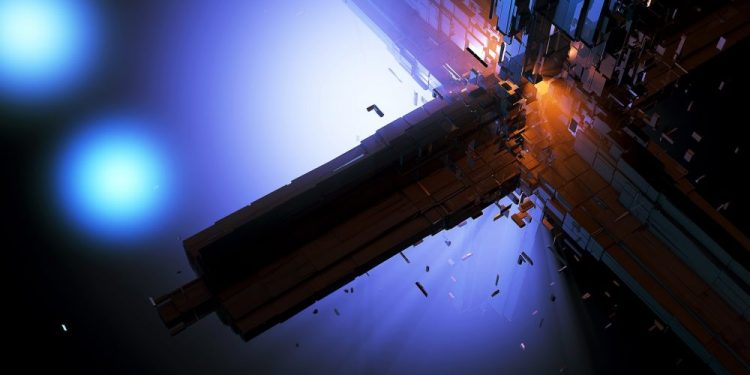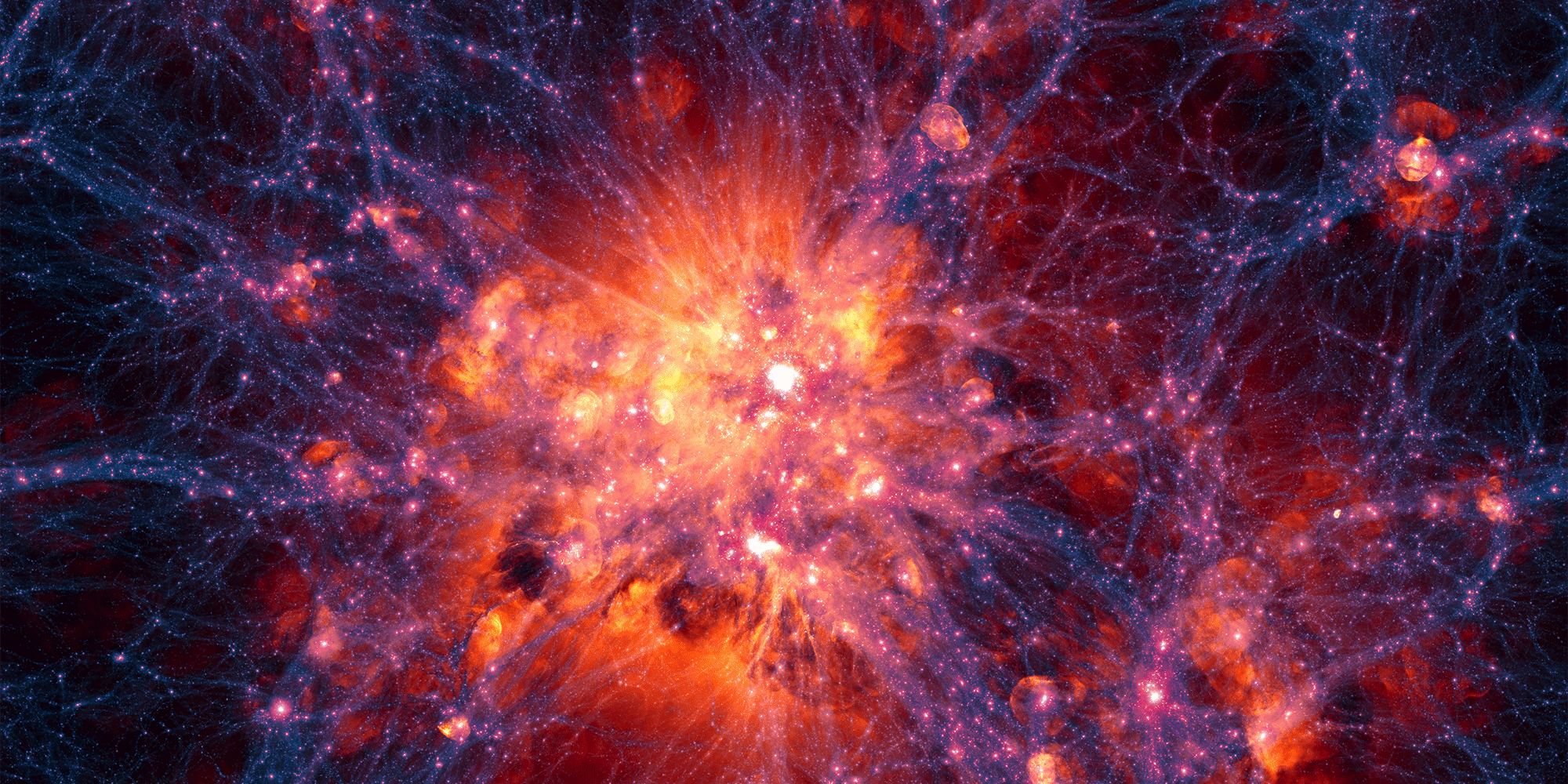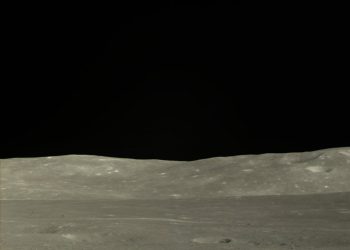As we continue to explore the vastness of space, we hope to come across the ultimate evidence that life as we know it did only arise billions of years ago on Earth. We deeply hope that somewhere out there, perhaps on a not-so-distant planet, there is life. We hope to discover our cosmic neighbors as we scan the night sky for signals originating from them. We look at our atmosphere and planet and study UFOs, pondering whether some of these objects could be the ultimate evidence of extraterrestrial technology. We are also sending out signals into deep space, trying to contact anyone out there. But despite our best efforts, we have not had anyone answer our call. But perhaps, there is another place to look, and it is near closer than we think.
Interstellar objects, remnants of Dyson Spheres?
Dyson spheres are humongous structures built by hyper-advanced extraterrestrial civilizations around stars whose sole purpose is to gather the entire energy of a sun. But as with all things, these megastructures could be prone to destruction, and massive pieces of such structures could be flung out into space, becoming interstellar travelers. This is something that Professor vi Loeb, a Harvard astronomer, has pondered in his latest paper dubbed “Interstellar Objects From Broken Dyson Spheres.” He reveals that a two-meter space rock impacts Earth each year, releasing energy similar to the Hiroshima atomic bomb (15 kilotons of TNT). This is equivalent to the average consumption of electrical energy worldwide, a few Terra-Watts, for twenty seconds.
You would be surprised by the number of such space rocks transiting our solar system. As Per Loeb, the probability of a class pass is proportion to the area of the target. Given that our Earth-Moon system’s distance is as much as sixty times larger than our planet’s radius, similar-sized rocks pass with the Earth-Moon system some 300 times per month. Furthermore, they make their way with a sphere delineated by Earth’s orbit around our host star a few billion times per year. So, how many of these objects could be of artificial nature?
Professor Loeb points towards a science fiction novel called Star Maker, published in 1937 by author Olaf Stapledon. The writer laid the foundations for the concept of Dyson Spheres. In fact, Freeman Dyson evolved the science fiction idea into a scientific theory, proposing that, as civilizations evolve and require more energy, they could, in theory, construct supermassive structures around stars to harness the energy. As Loeb explains in his paper, the Dyson sphere would emit infrared radiation to balance the heat deposited by sunlight. If such structures exist, we could probably find traces of them; however, we have not to this date. But this does not mean such structures do not exist or have never existed.
Destruction of a Dyson sphere
In his paper, Professor Loeb argues that if such megastructures were to survive and serve their purpose, most of them would eventually disintegrate over billions of years if the civilization that had built them did not repair and maintain them. If such megastructures exploded, countless Dyson-sphere fragments would be flung out into interstellar space, traveling the vastness of the cosmos as objects we refer to as interstellar objects. In 2017, a curious visitor from another solar system called ‘Oumuamua visited us. This mysterious object could have been artificial in nature, as proposed by professor Loeb in the past. In fact, if advanced extraterrestrial civilizations did build Dyson Spheres that disintegrated over time, the fragments could have traveled to shape, shaped with unusual, light-sailing characteristics such as that of ‘Oumuamua. Furthermore, Loeb explains that such artifacts could also have unusual material strength, as exhibited by the first and second interstellar meteors IM1 and IM2. Loeb and his team have plans to travel to Papua New Guinea and search its coast for the fragments of Interstellar Meteor 1.
Have something to add? Visit Curiosmos on Facebook. Join the discussion in our mobile Telegram group. Also, follow us on Google News.
Join the Conversation!
Have something to share or discuss? Connect with us on Facebook and join like-minded explorers in our Telegram group. For the latest discoveries and insights, make sure to follow us on Google News.











